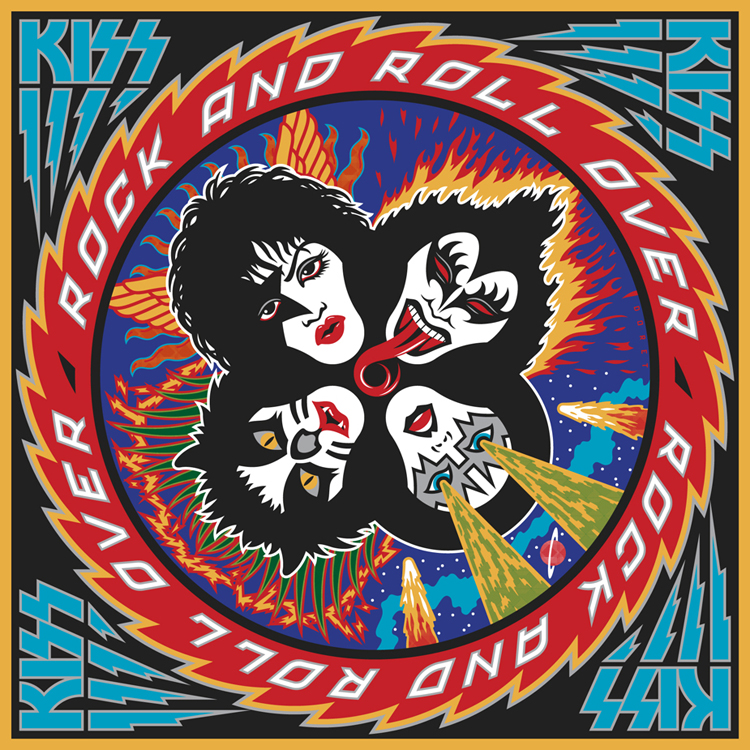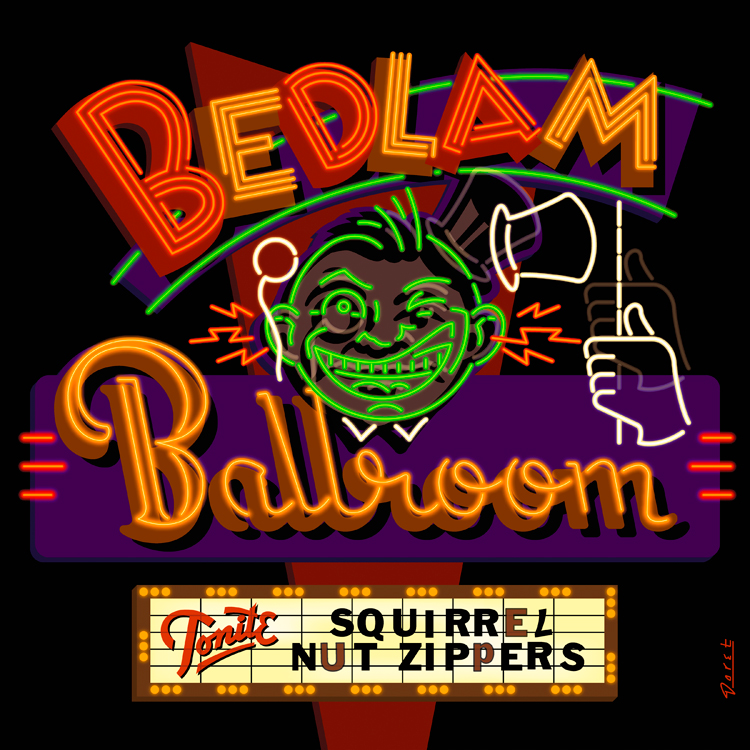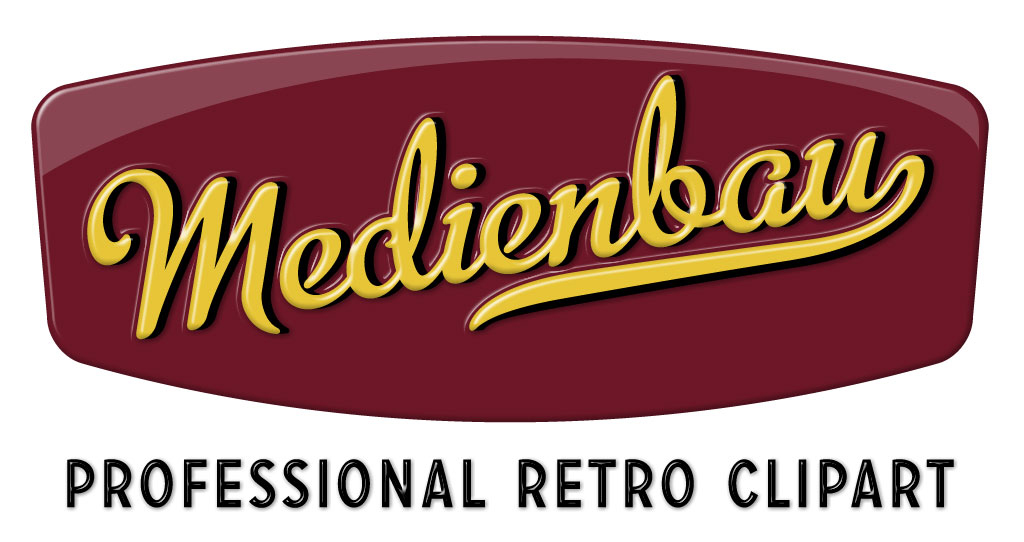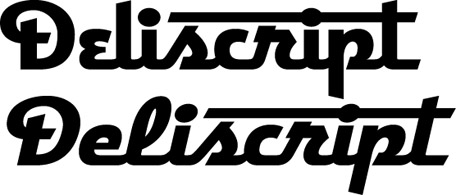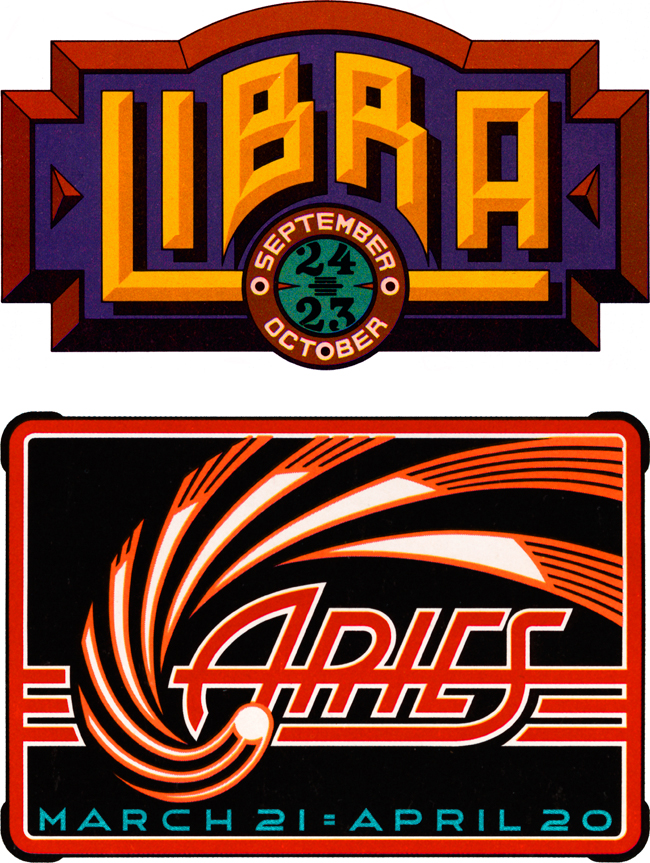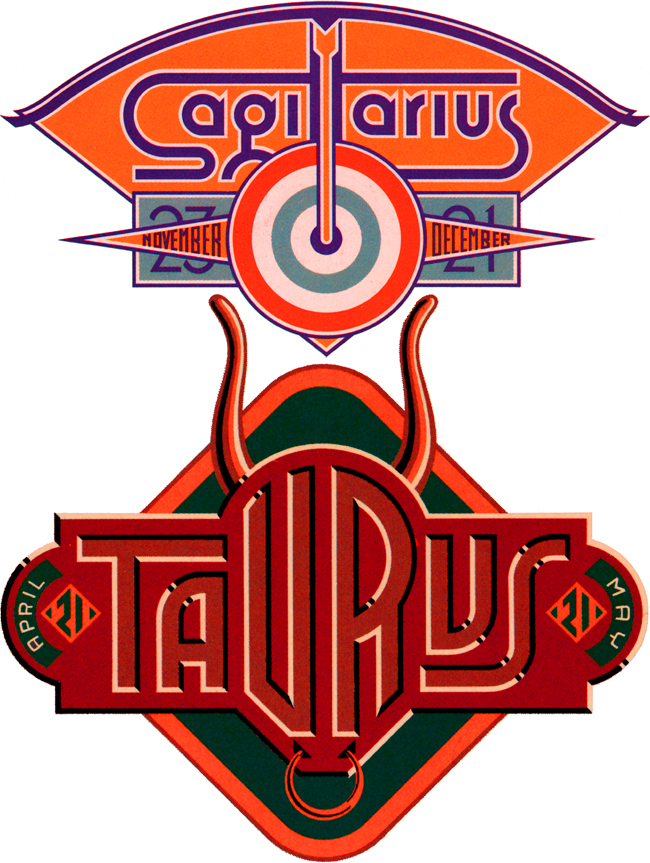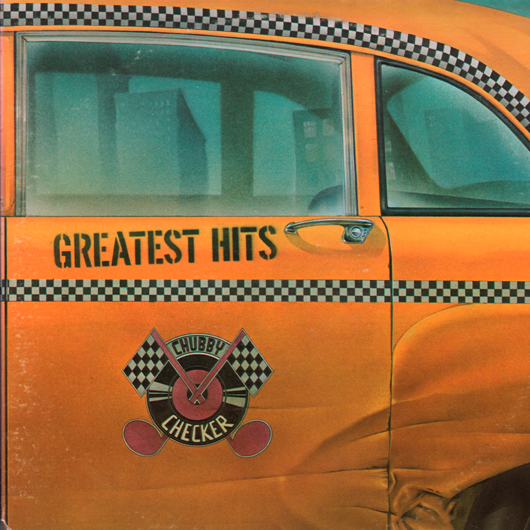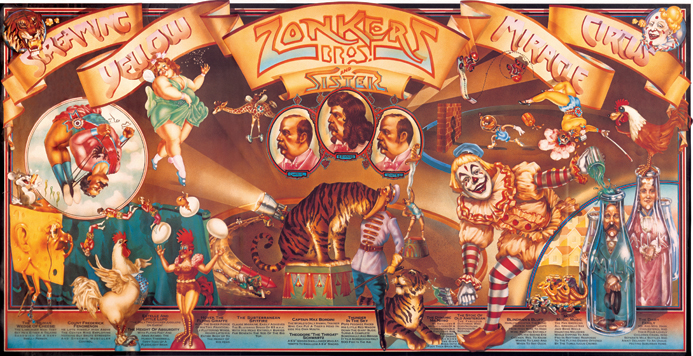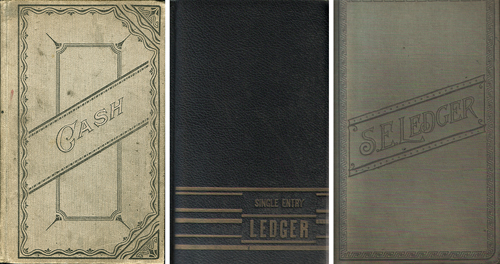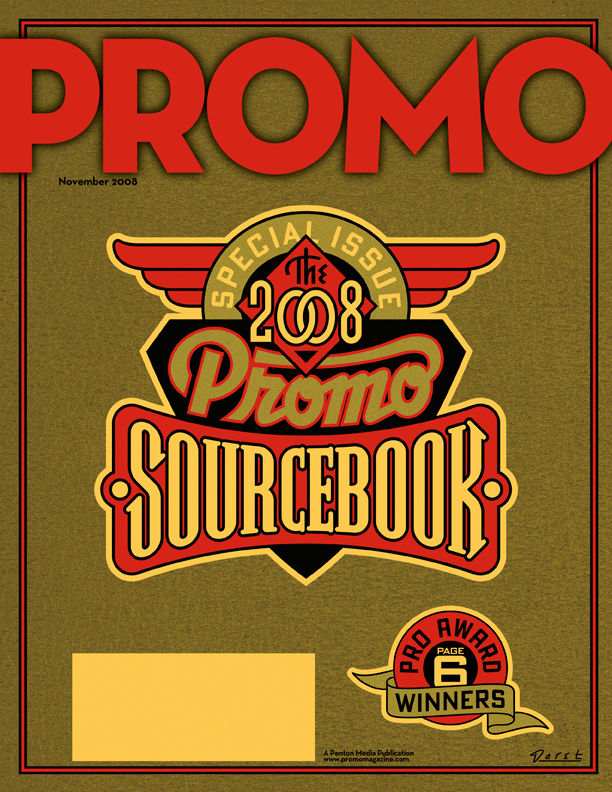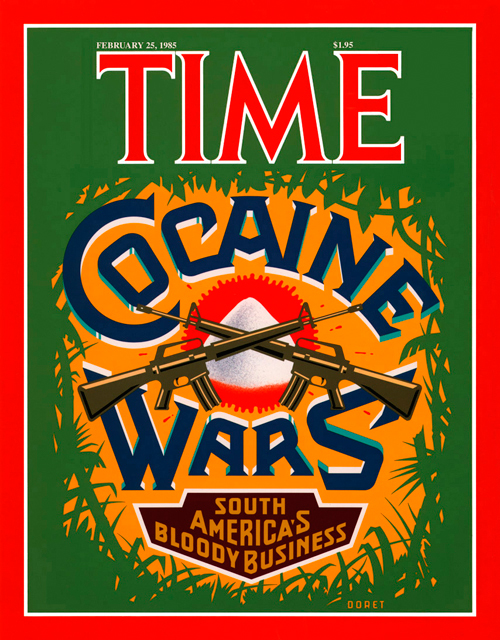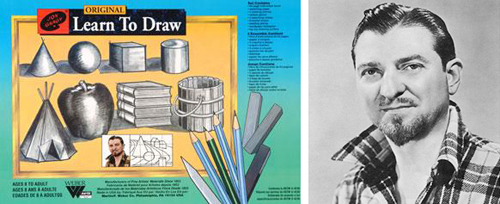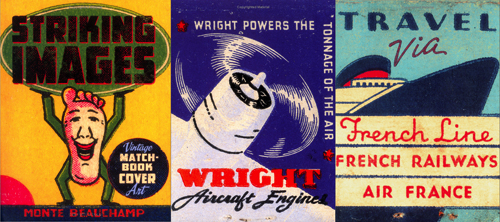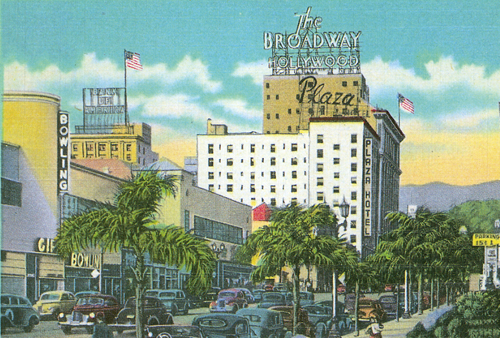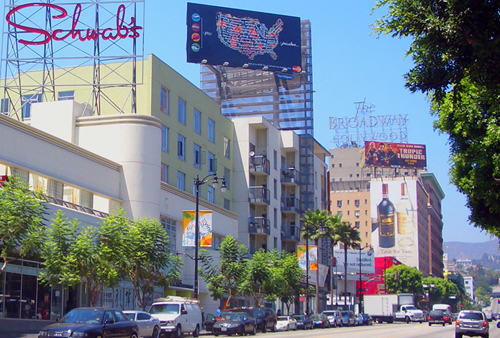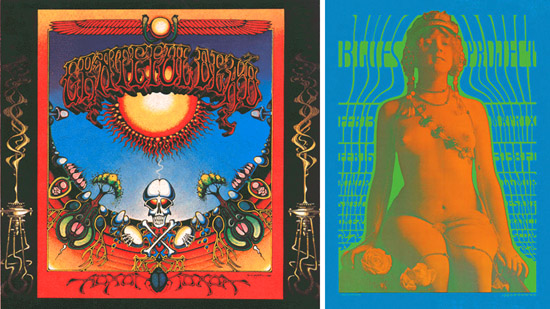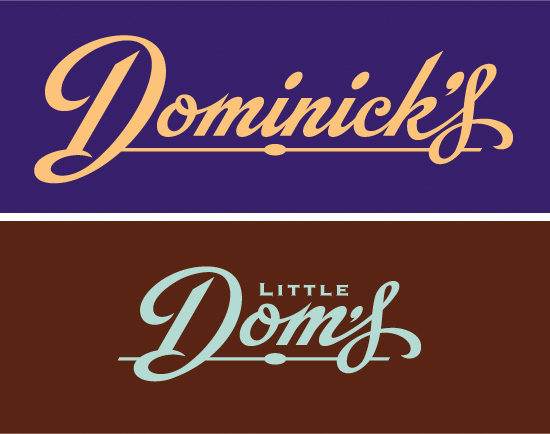I'm not the most prolific of font designers—perhaps I come up with one a year—but when I do one I try to do a design that's not only uncompromising, but also one that is usable by people with a wide variety of tastes. For the last several months I've been working on a new design that was loosely inspired by one of the signs at Canter's Deli here in Los Angeles. I've been vacillating on several points with regard to the design of this font, and also how many fonts should go into this package. So I thought I'd put it out there to you, my friends and fans, to take a look, read my remarks, and give me your considered opinions via the comments section below.

Above is my original concept for this font which I'm calling "Deliscript". It started out as a straight up and down script, but then I decided to also include a variation that was italicized. In the same fashion as my highly successful Metroscript I thought that having underscore "tails" that would emanate from either certain cap letters or from the last letter of the word in lowercase would be a nice idea.

As you can see above, I immediately ran into a problem: if one choses not to set copy with an underscore (a very likely occurrence), then the caps end up looking much too large for the lowercase.

The solution, of course, was to reduce the size of the caps (above). But then the question arises, do I create two sets of fonts—one with larger caps and underscores (Deliscript Special and Deliscript Special Oblique), and another with smaller caps and no underscores (Deliscript and Deliscript Oblique)? Or do I eliminate the Deliscript Special fonts altogether and just have the more normal versions?

Another question that arises is whether or not it's worth it to have features like the extensions on the "t"s. Part of me likes things like that, but another part says it may not be worth the trouble. It looks perfectly fine without (above). Opinions, anyone?

Finally, I had originally conceived this design as having a lighter weight as well, but I'm not sure it will be worth it. Aesthetically I much prefer the chunkier, heavier versions, and I don't want to go to the trouble of doing this weight just to create a larger font family. So feedback on this question would also be appreciated! Comments?
